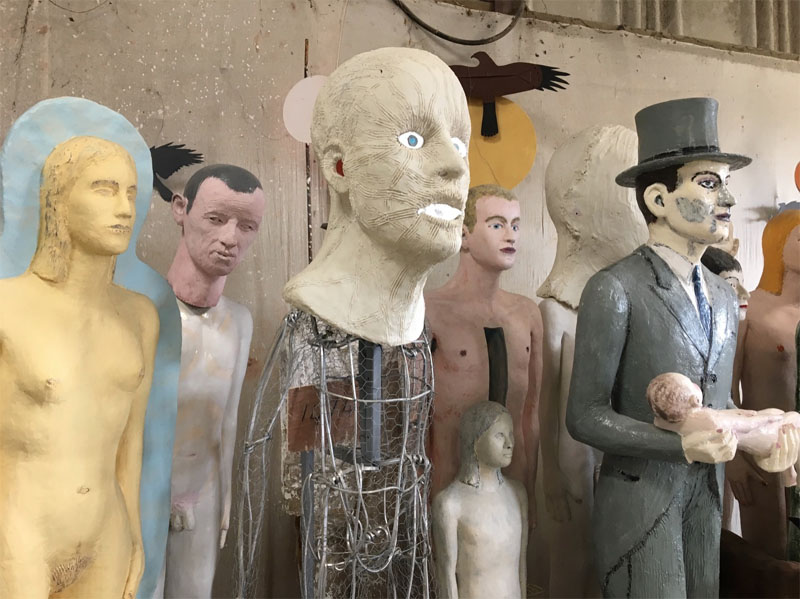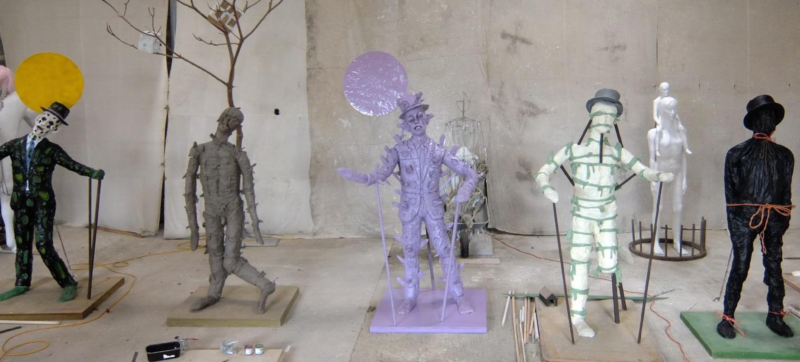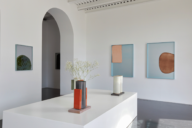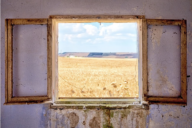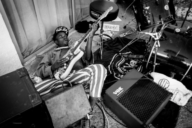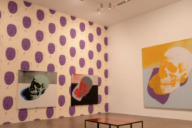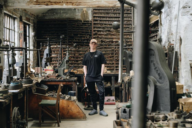The haunting sculptures of John Davis. “I call myself a haunted house… we all have ghosts and histories.” – John Davies
Autumn 2017, the Turner Contemporary presented an installation by John Davies, whose haunting, figurative sculptures touch on memory, time and the fragility of the body. This exhibition in the Sunley Gallery and balcony brings together the large-scale tableau My Ghosts alongside The Deerson Series, a group of scarecrow-like sculptures, and recent works on paper.
Davies’ interest in the human presence set him apart from many of his contemporaries in British sculpture at the beginning of his career. Of his early figures, often cast from life and clothed, Davies has said, ‘I wanted to make a figure, not like a piece of sculpture, more like a person…. I wanted my sculpture to be more like life in the street’.
His more recent works are modelled in clay, before being cast in polychrome polyester and fibreglass, or bronze. Davies arranges these figures in carefully choreographed relationships. Animals and inanimate objects such as houses also appear in works whose thematic concerns are always with human experience. A pair of drawings by Davies will also be included in Turner Contemporary’s first show of 2018, Journeys with ‘The Waste Land’.
Of The Deerson Series, shown for the first time in this exhibition, John has said: ‘This series of scarecrow-like figures, with their moons, are a kind of self-portrait. I never intended to make these images, having other ideas to the fore, when I had a car crash in 2010. My life always leaks into my work, so inevitably and reluctantly these images emerged. They are works processing my long recovery. Now to me they seem to have a life of their own, independent of my story. Mad dancing ‘scarecrows’ coming to life, a protest against fate and physical frailty, like the figures in the Watersons’ song, ‘The Scarecrow’.’
Drawing, often in series, has always been an important aspect of John Davies’ practice, and the sculpture and drawings are equally important to him. The drawings in this installation demonstrate how the two practices influence each other.

